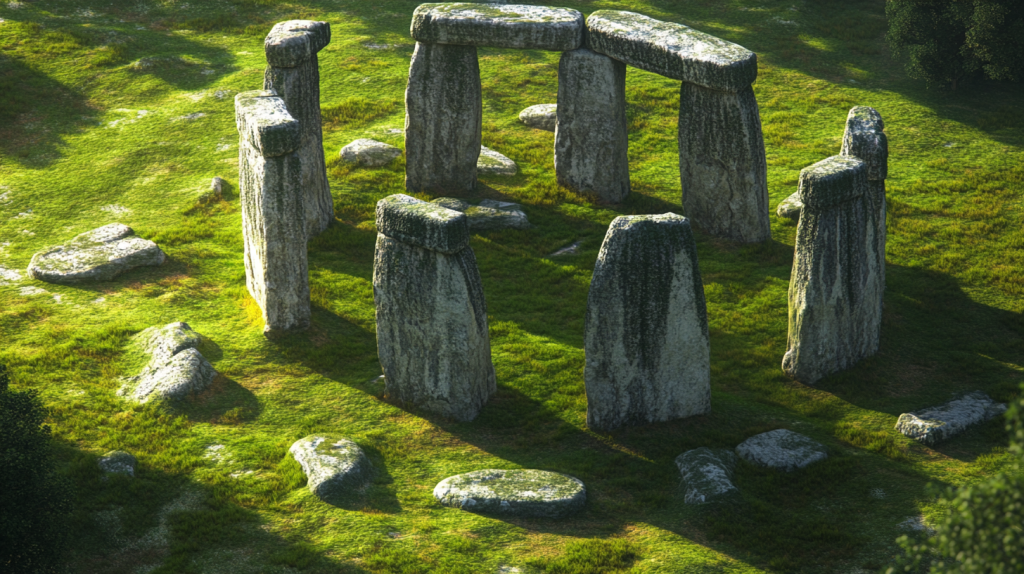The world is full of fascinating landmarks that draw millions of visitors each year. While many of us are familiar with their iconic appearances, there are plenty of strange and intriguing facts about these landmarks that you might not know.
Exploring these strange facts about famous landmarks adds an extra layer of wonder to these already amazing sites. The next time you visit one, you’ll have some intriguing trivia to share!
1. The Eiffel Tower Can Grow
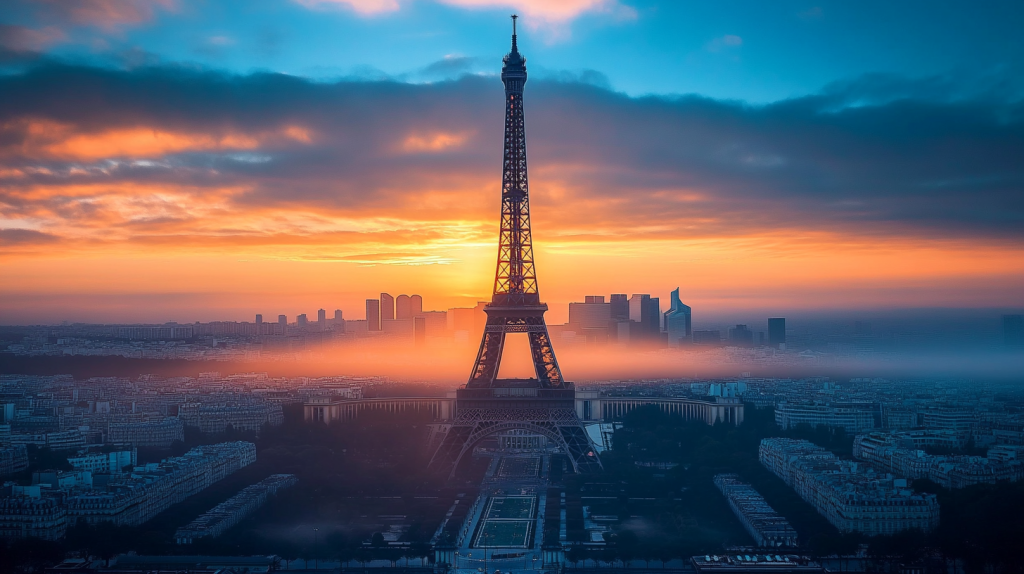
Did you know that the Eiffel Tower can actually grow taller? Due to the expansion of the metal in hot weather, the tower can grow up to six inches during summer. This iconic Parisian landmark, built in 1889, is a marvel of engineering and continues to surprise us with its unique properties.
2. The Leaning Tower of Pisa’s Tilt
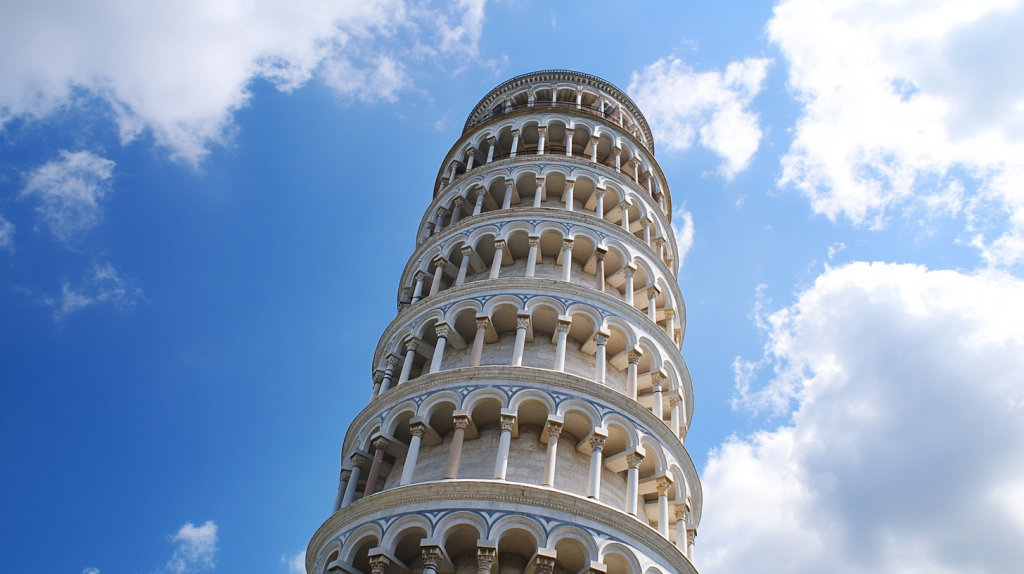
The Leaning Tower of Pisa wasn’t always leaning. During its construction in the 12th century, the soft ground it was built on started to sink, causing the tilt. Efforts to correct the tilt have been ongoing for centuries, and today, it leans at a safer but still noticeable angle.
3. Big Ben’s Secret Name
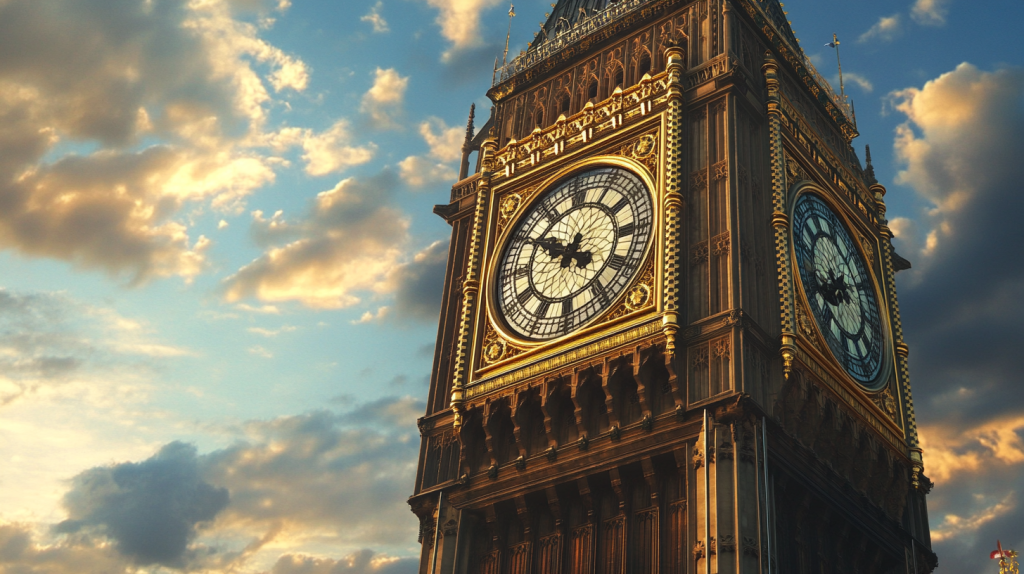
Big Ben is one of London’s most famous landmarks, but did you know that Big Ben is not the name of the clock tower? The name actually refers to the Great Bell inside the tower. The tower itself is called the Elizabeth Tower, renamed in 2012 in honor of Queen Elizabeth II’s Diamond Jubilee.
4. The Statue of Liberty’s Changing Colors
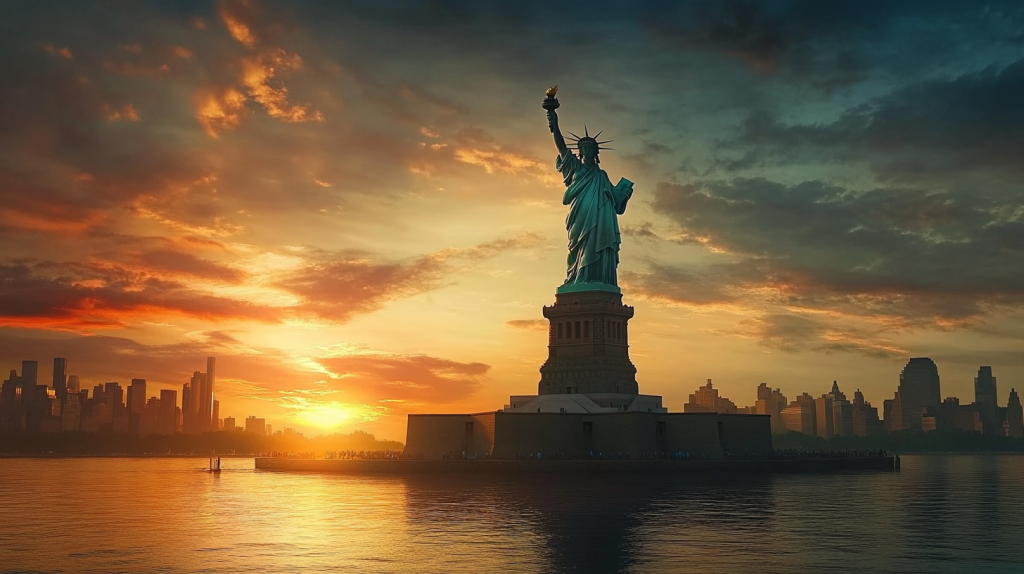
The Statue of Liberty wasn’t always green. When it was unveiled in 1886, it was a shiny copper color. Over time, the copper oxidized, resulting in the green patina we see today. This color change actually protects the statue from further corrosion.
5. The Great Wall of China’s Length
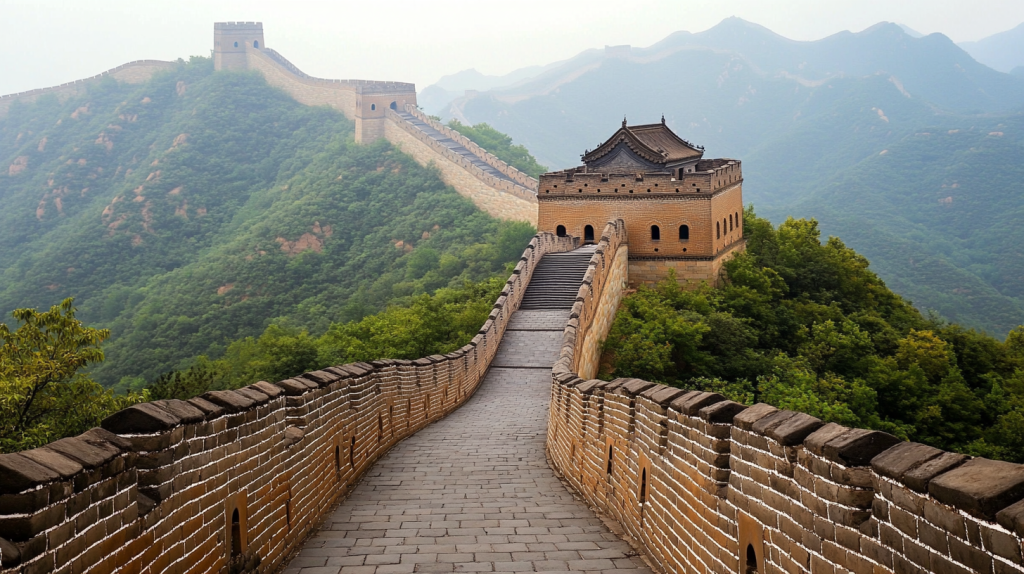
The Great Wall of China is much longer than most people think. Stretching over 13,000 miles, it’s often believed to be visible from space, although this is a myth. The wall’s length is equivalent to half the circumference of the Earth at the equator!
6. The Colosseum’s Missing Floor
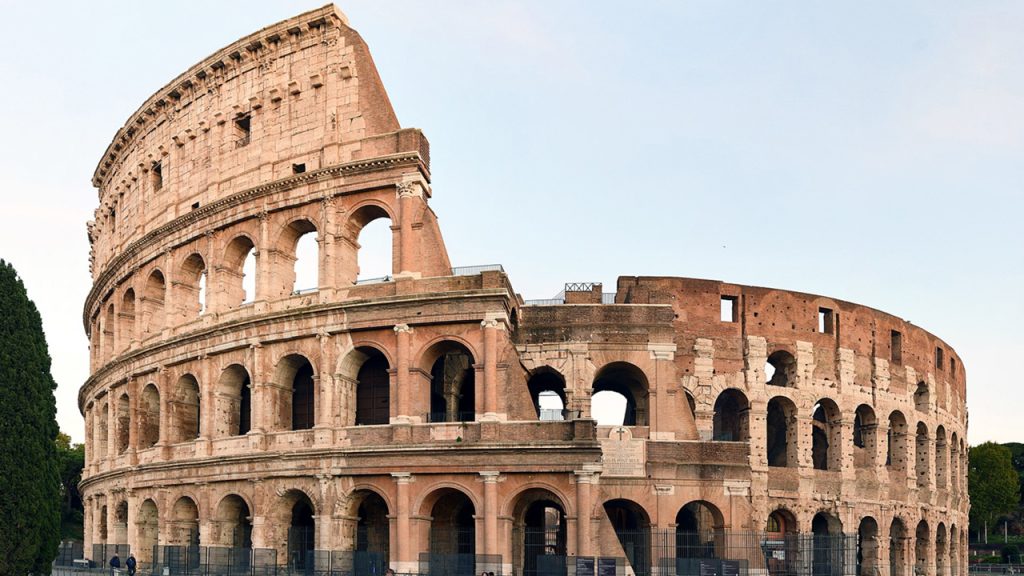
When visiting the Colosseum in Rome, you might notice that the floor is missing. Originally, the Colosseum had a wooden floor covered with sand, but today, you can see the underground structures that housed animals and gladiators before they entered the arena.
7. Mount Rushmore’s Hidden Chamber
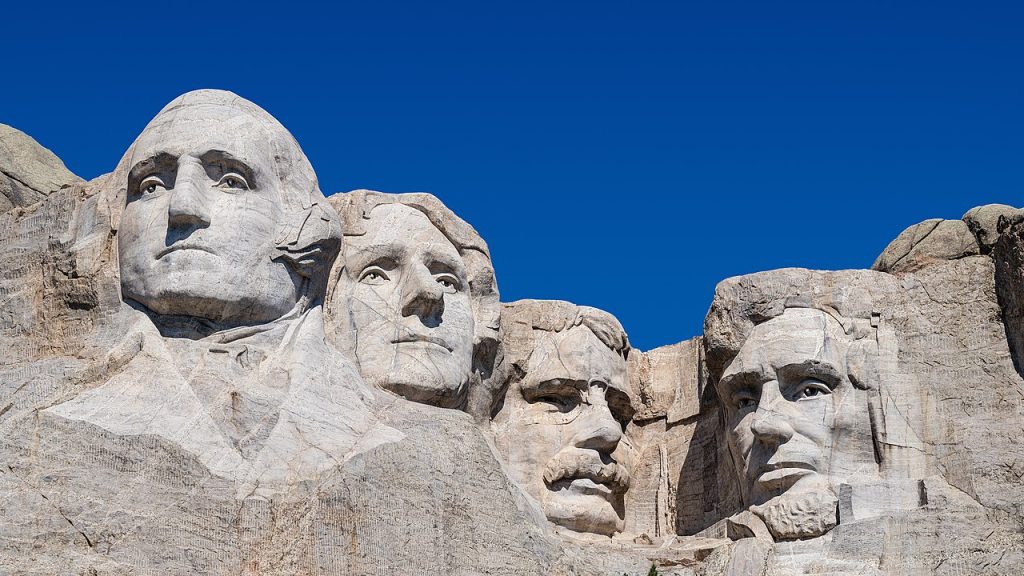
Mount Rushmore has a secret hidden chamber. Behind Abraham Lincoln’s head is a room that was intended to house important historical documents. This Hall of Records was never completed but remains an interesting part of the monument’s history.
8. The Taj Mahal’s Changing Hues
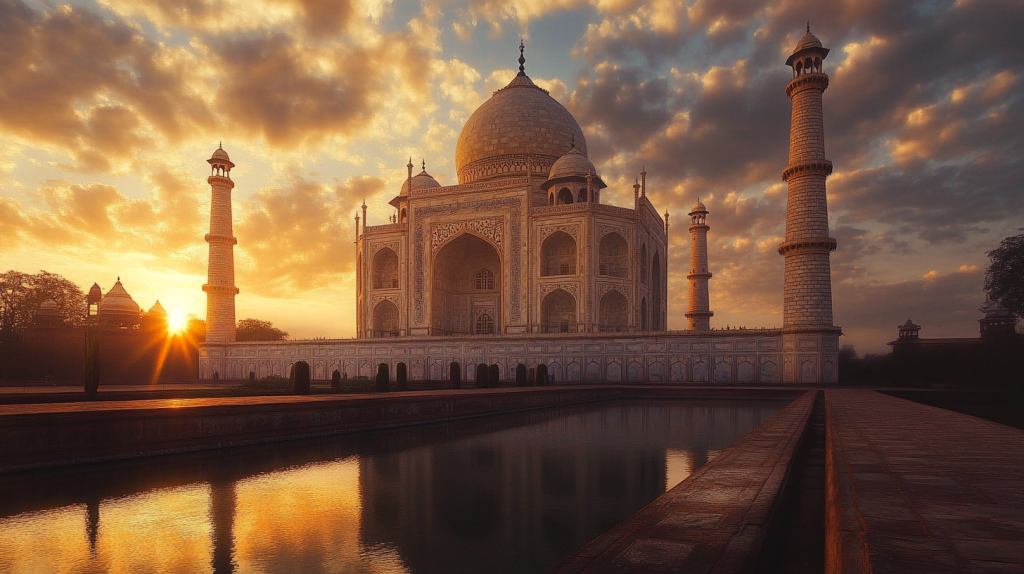
The Taj Mahal is known for its stunning white marble, but did you know it changes color? Depending on the time of day and the light, the Taj Mahal can appear pinkish in the morning, milky white in the evening, and golden under moonlight.
9. Machu Picchu’s Mystery
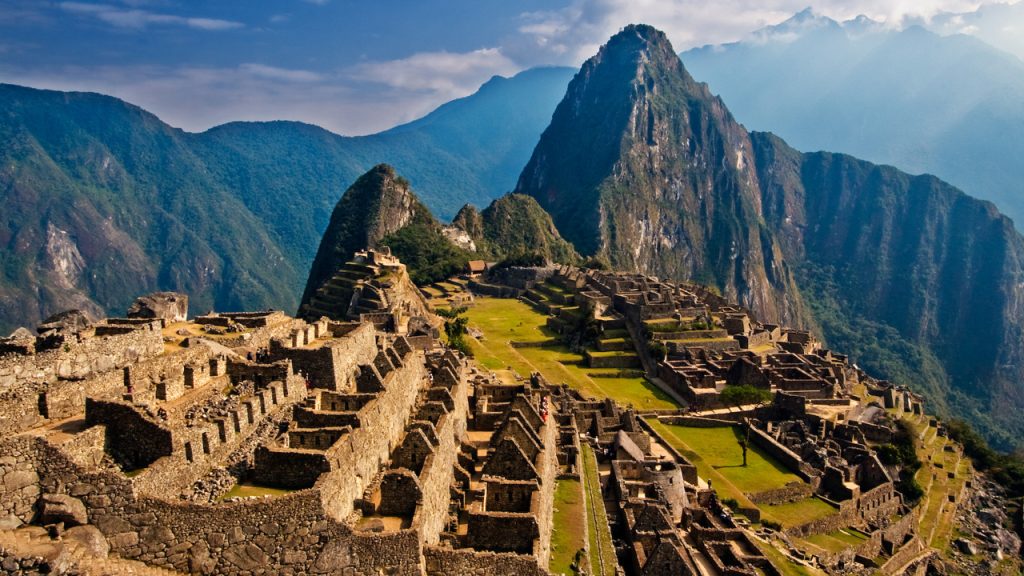
Machu Picchu, the famous Incan city in Peru, was unknown to the outside world until 1911. American historian Hiram Bingham rediscovered it, and it has since become one of the most important archaeological sites in the world. Its purpose still remains a mystery.
10. The Sphinx’s Nose
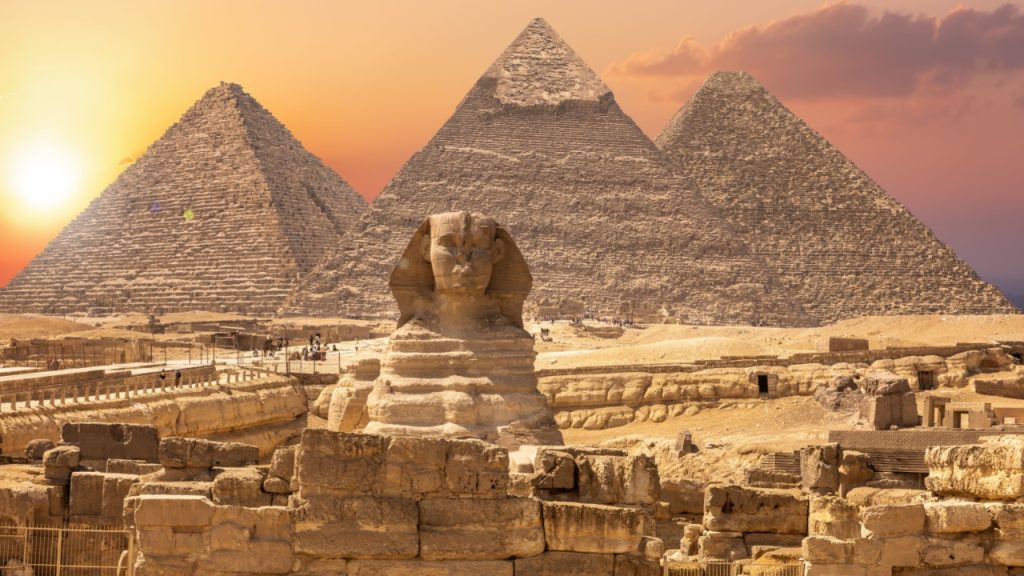
The Great Sphinx of Giza is missing its nose, but how it was lost is a matter of debate. Some stories suggest it was destroyed by Napoleon’s troops, while others believe it was eroded over time. Regardless, the Sphinx continues to captivate with its enigmatic gaze.
11. The Pyramids’ Alignment
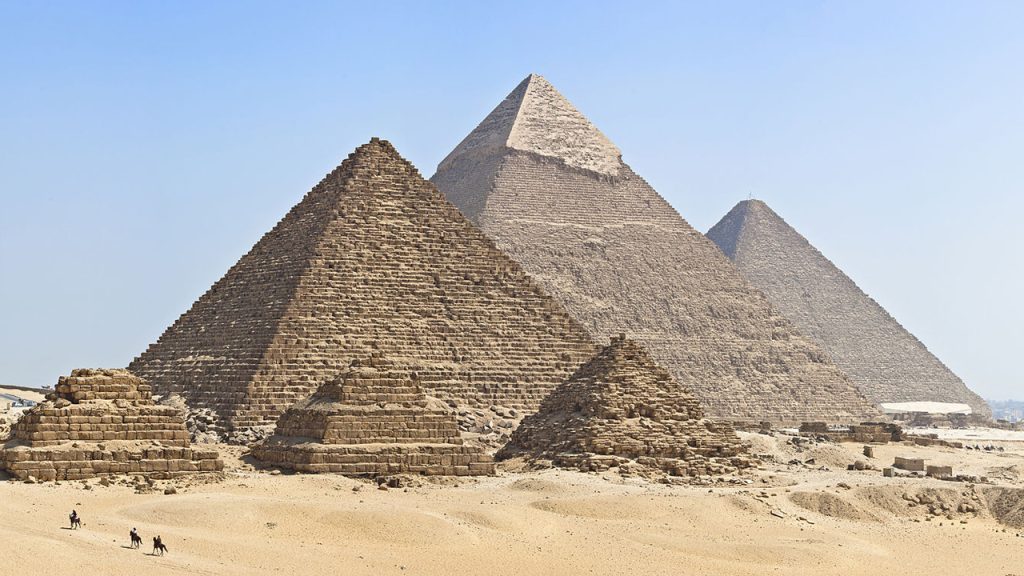
The pyramids of Giza are perfectly aligned with the cardinal points of the compass. This precision has puzzled scientists for years, and the exact methods the ancient Egyptians used to achieve this alignment are still not fully understood.
12. The Sydney Opera House’s Design
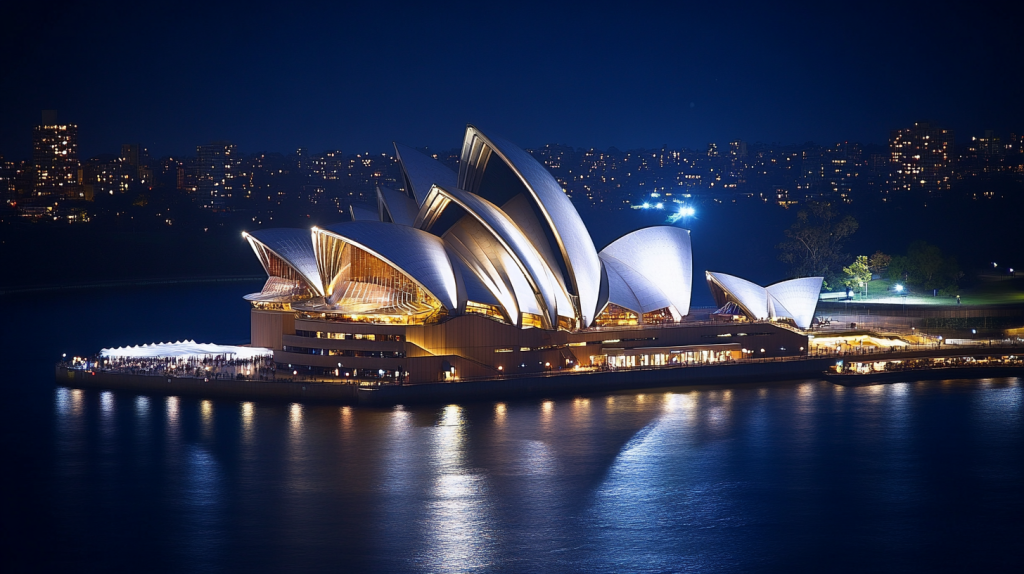
The design of the Sydney Opera House was inspired by orange slices. Danish architect Jørn Utzon used the shape of these slices to create the building’s unique and iconic sail-like structure, making it one of the most recognizable buildings in the world.
13. Stonehenge’s Transportation Mystery
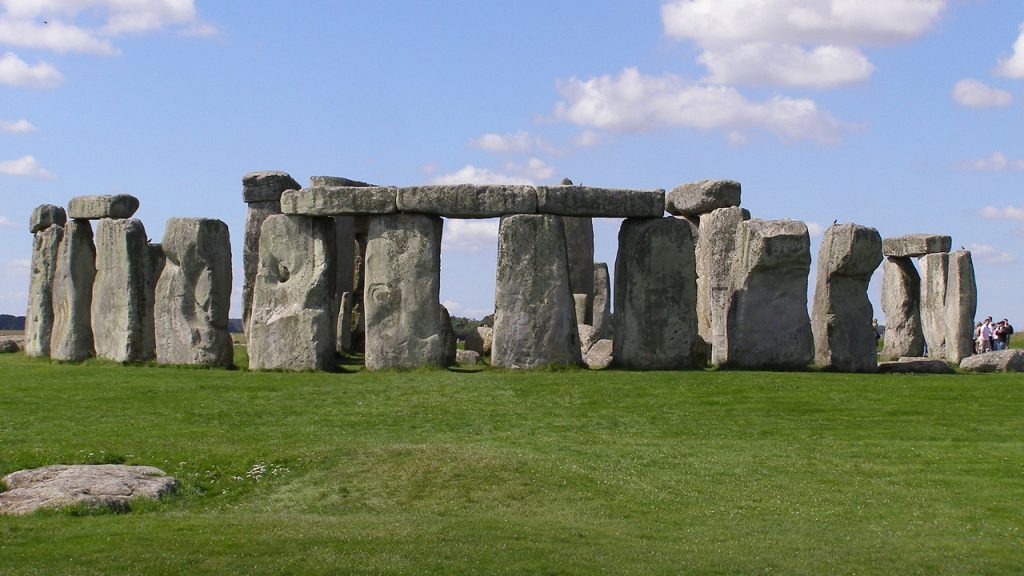
The stones of Stonehenge were transported from over 150 miles away, a feat that still baffles historians and archaeologists. How the ancient builders managed to move these massive stones without modern machinery remains one of history’s great mysteries.
14. The Hollywood Sign’s Origins
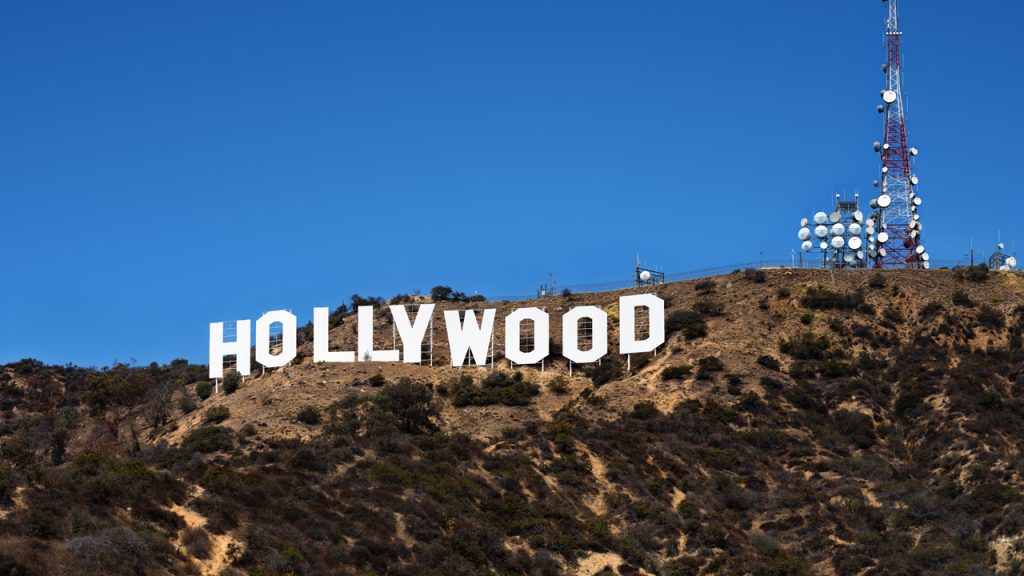
The Hollywood Sign originally read “Hollywoodland.” It was an advertisement for a real estate development in the hills above Hollywood. The last four letters were removed in 1949, and it has since become an iconic symbol of the entertainment industry.
15. The Tower of Pisa’s Slow Correction
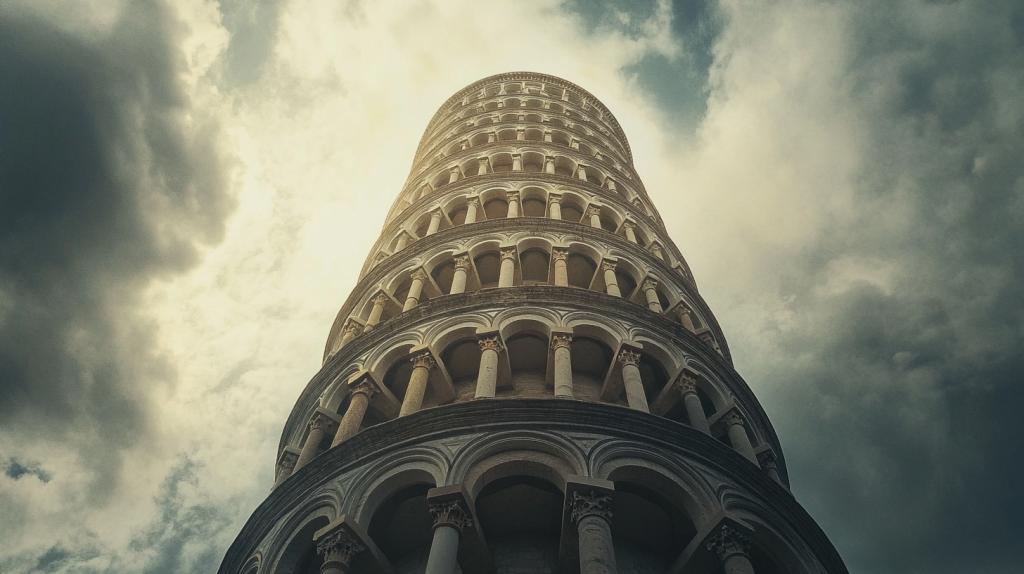
Efforts to stabilize the Leaning Tower of Pisa have been ongoing for decades. Engineers have removed soil from under one side of the tower, gradually reducing its tilt. It is now safer, but still retains its famous lean, drawing tourists from all over the world.
16. Christ the Redeemer’s Lightning Strikes
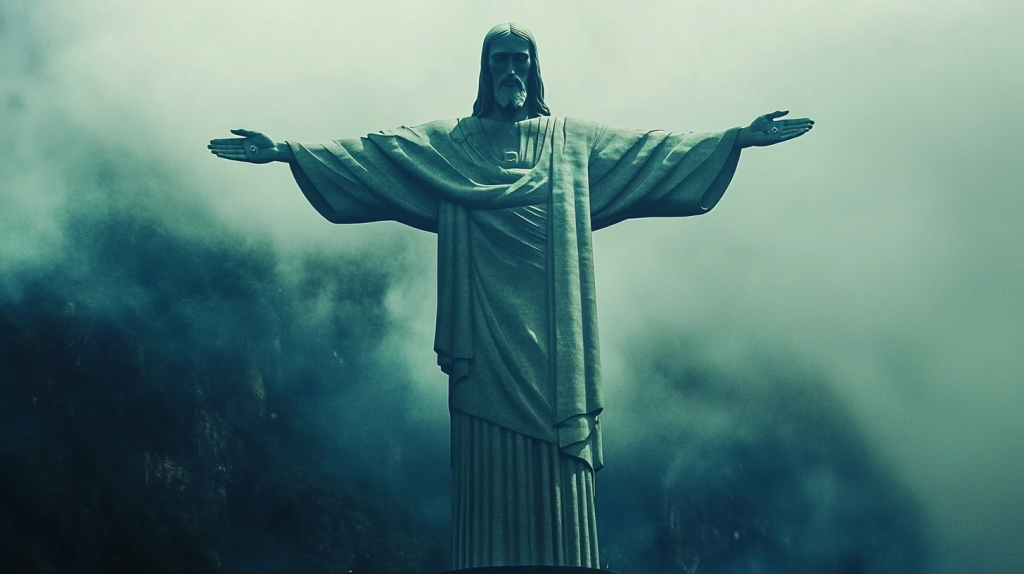
Christ the Redeemer in Rio de Janeiro is struck by lightning multiple times a year. The statue’s height and location make it a frequent target, leading to regular maintenance and repairs to keep it in pristine condition.
17. The Berlin Wall’s Fragments
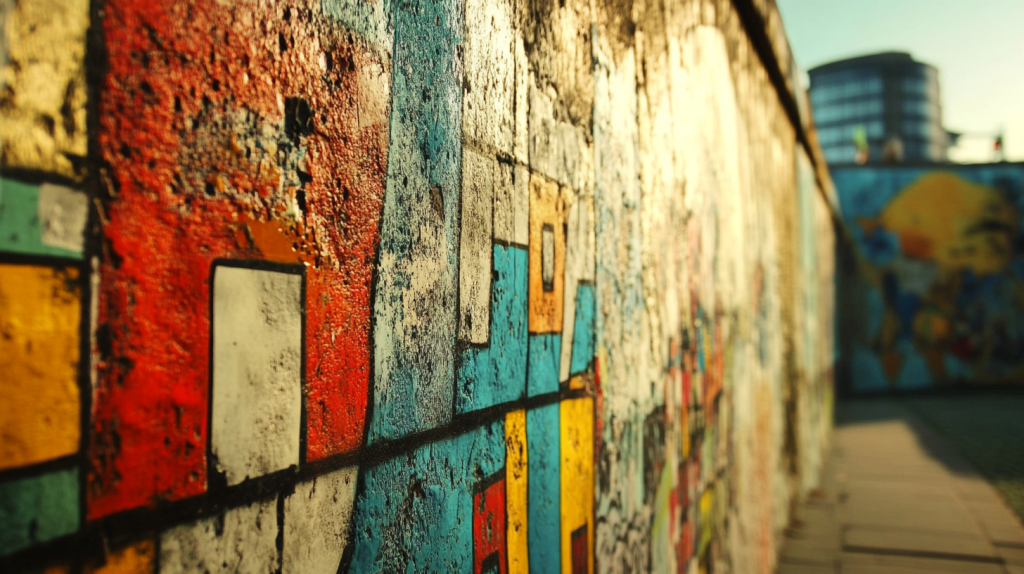
After the fall of the Berlin Wall in 1989, pieces of the wall were taken as souvenirs and can now be found all over the world. Fragments of the wall are displayed in various countries, serving as a reminder of the Cold War and the power of unity.
18. The Little Mermaid’s Travels
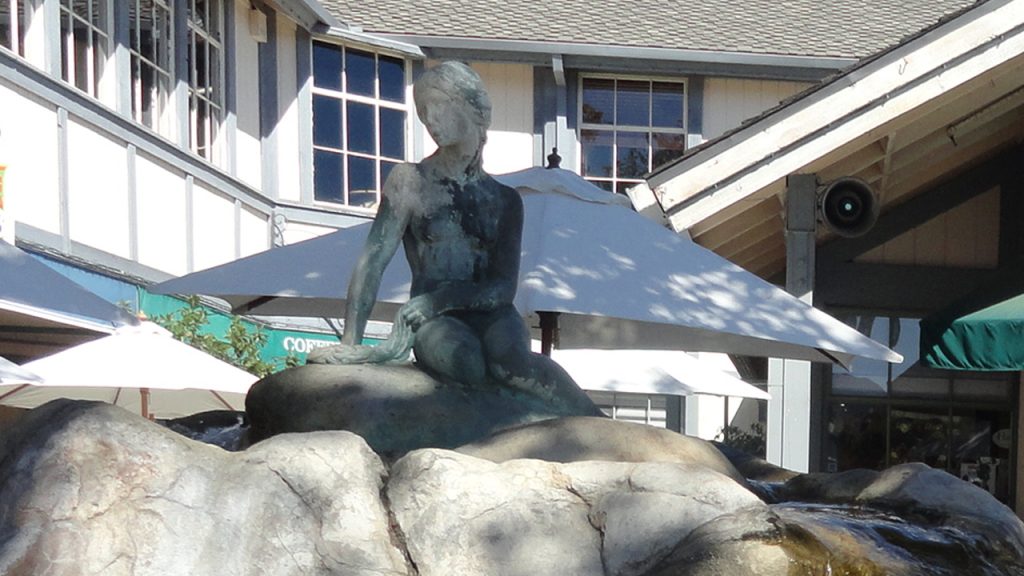
Copenhagen’s Little Mermaid statue has a twin. An exact copy of the statue was made and placed in the harbor of Solvang, California, a town founded by Danish settlers. It’s a little piece of Denmark in the United States.
19. The Forbidden City’s Ghosts
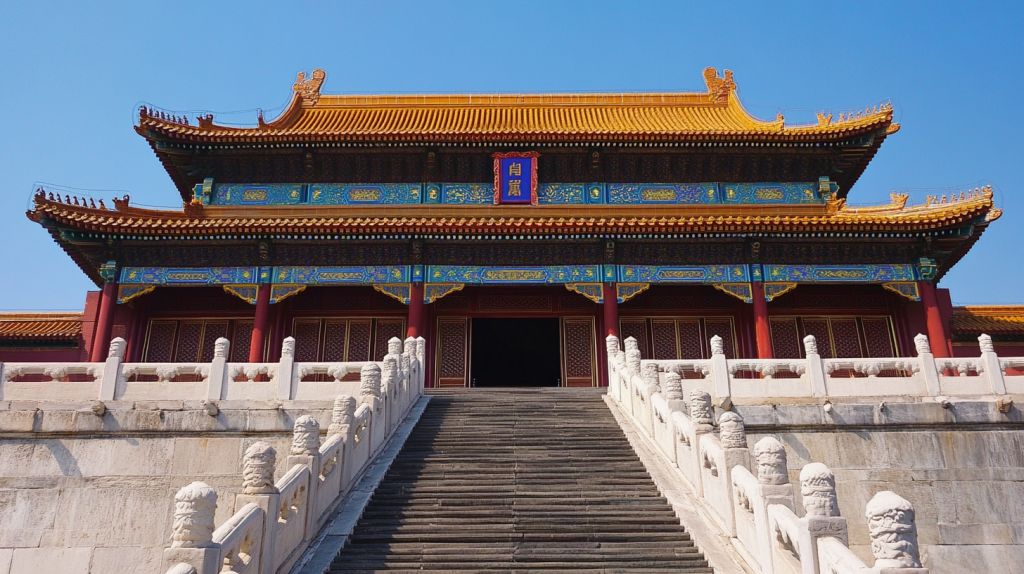
The Forbidden City in Beijing is said to be haunted. With its long history and countless stories of intrigue, it’s no wonder that some visitors and workers have reported seeing ghostly apparitions within the ancient palace complex.
20. The Golden Gate Bridge’s Color
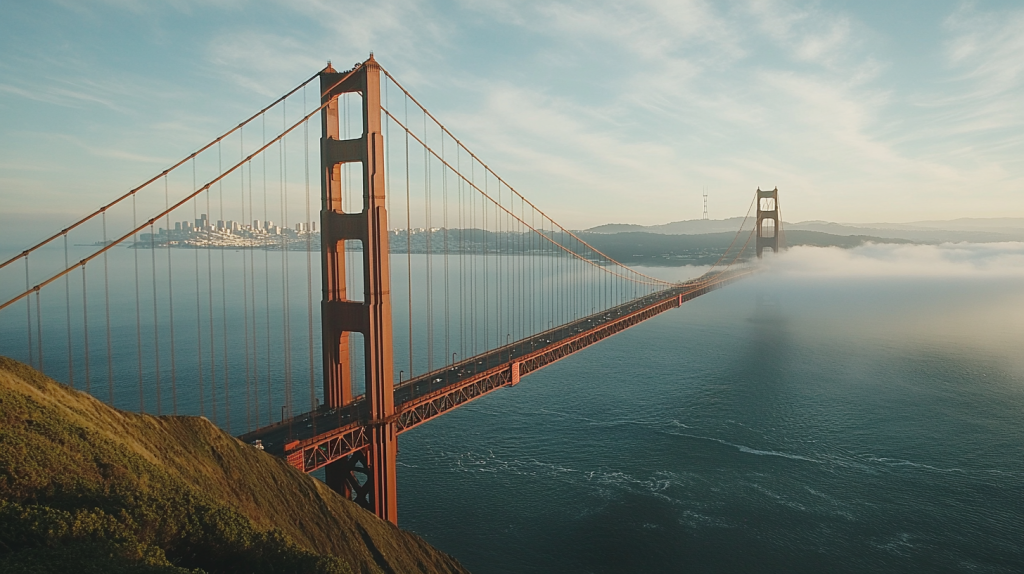
The Golden Gate Bridge’s distinctive color is called “International Orange.” This unique hue was chosen to enhance visibility in San Francisco’s frequent fog and to complement the natural surroundings. It has become one of the bridge’s most recognizable features.
21. The Empire State Building’s Secret 103rd Floor
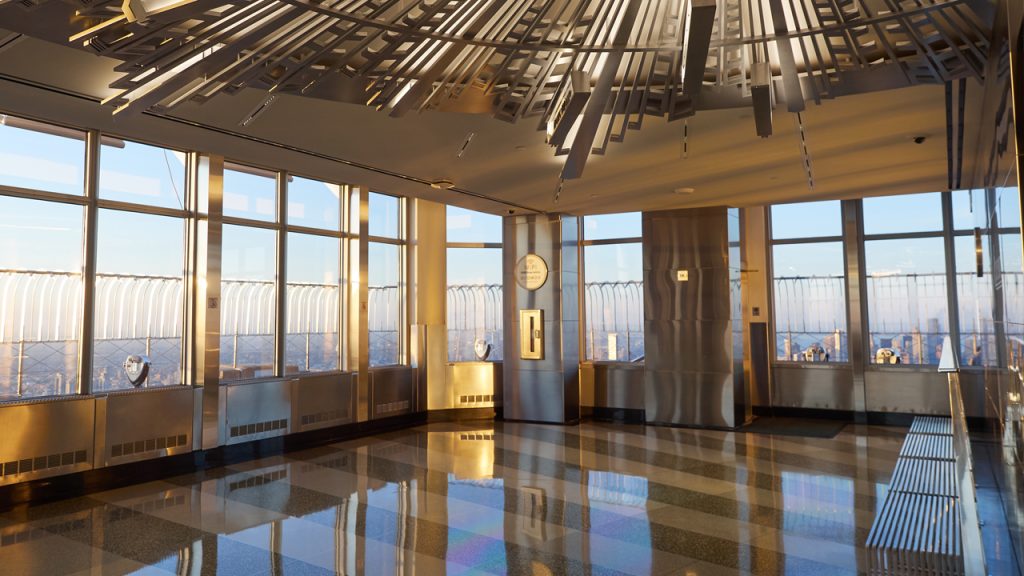
The Empire State Building has a secret 103rd floor. This floor is not open to the public and is only accessible to VIPs and maintenance workers. It offers a spectacular view of New York City, even higher than the official observation decks.
Ellen has been obsessed with logic puzzles, jigsaws, and cryptograms since she was a kid. After learning she was taught how to play chess wrong by a family friend (so they could win), she joined her school chess club and the rest is history.
